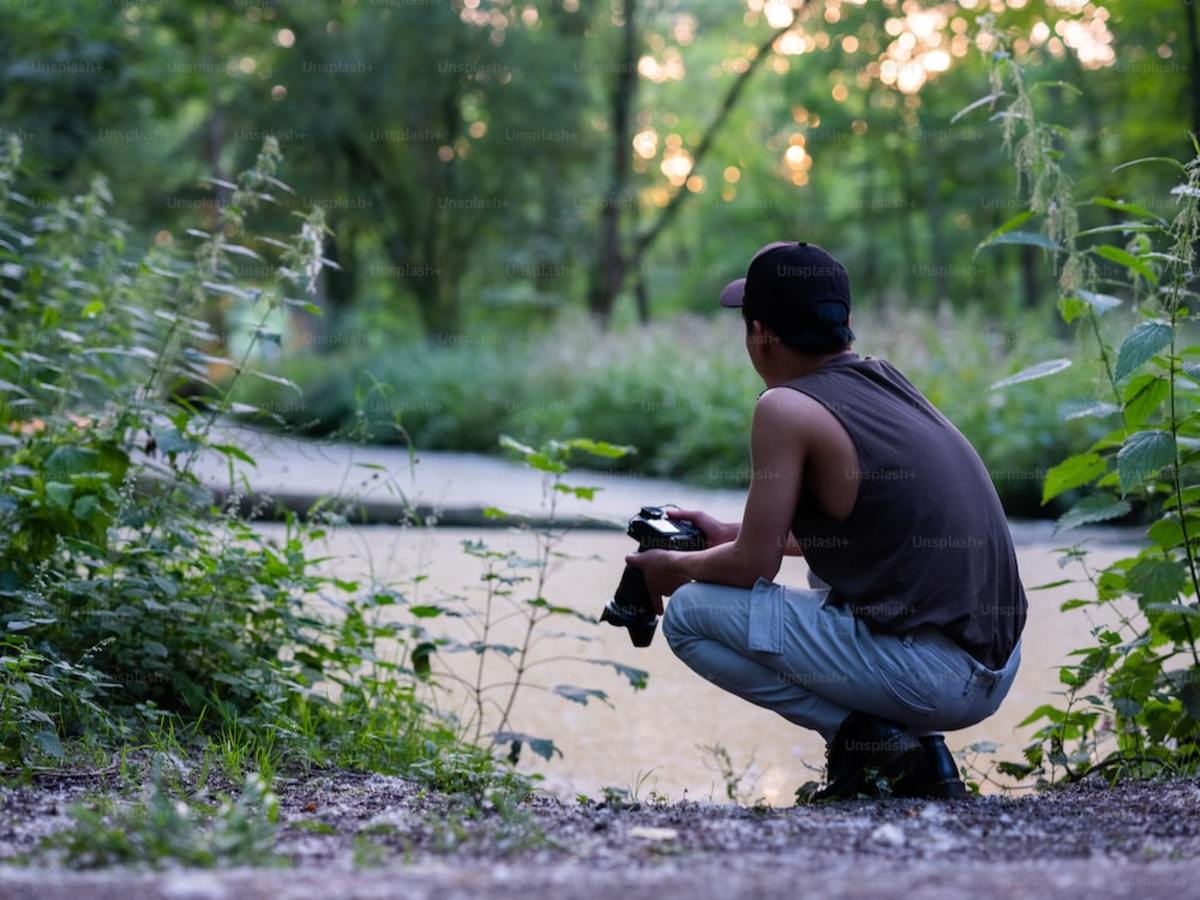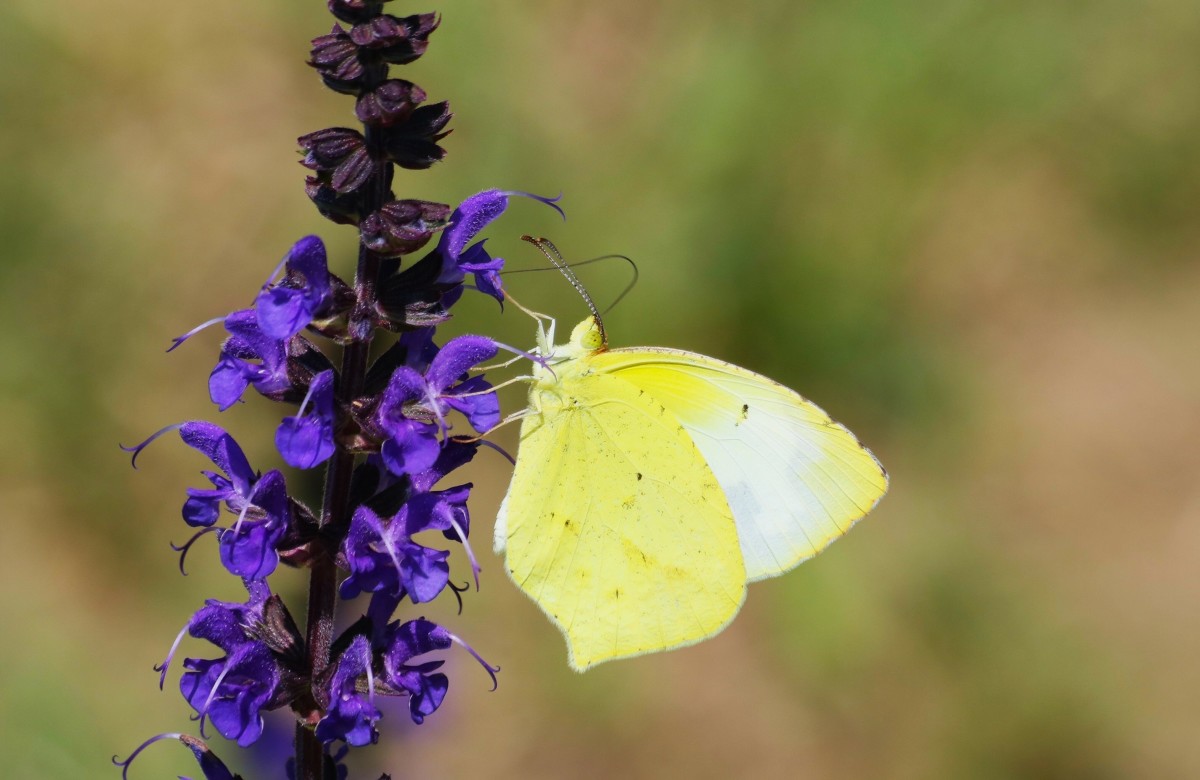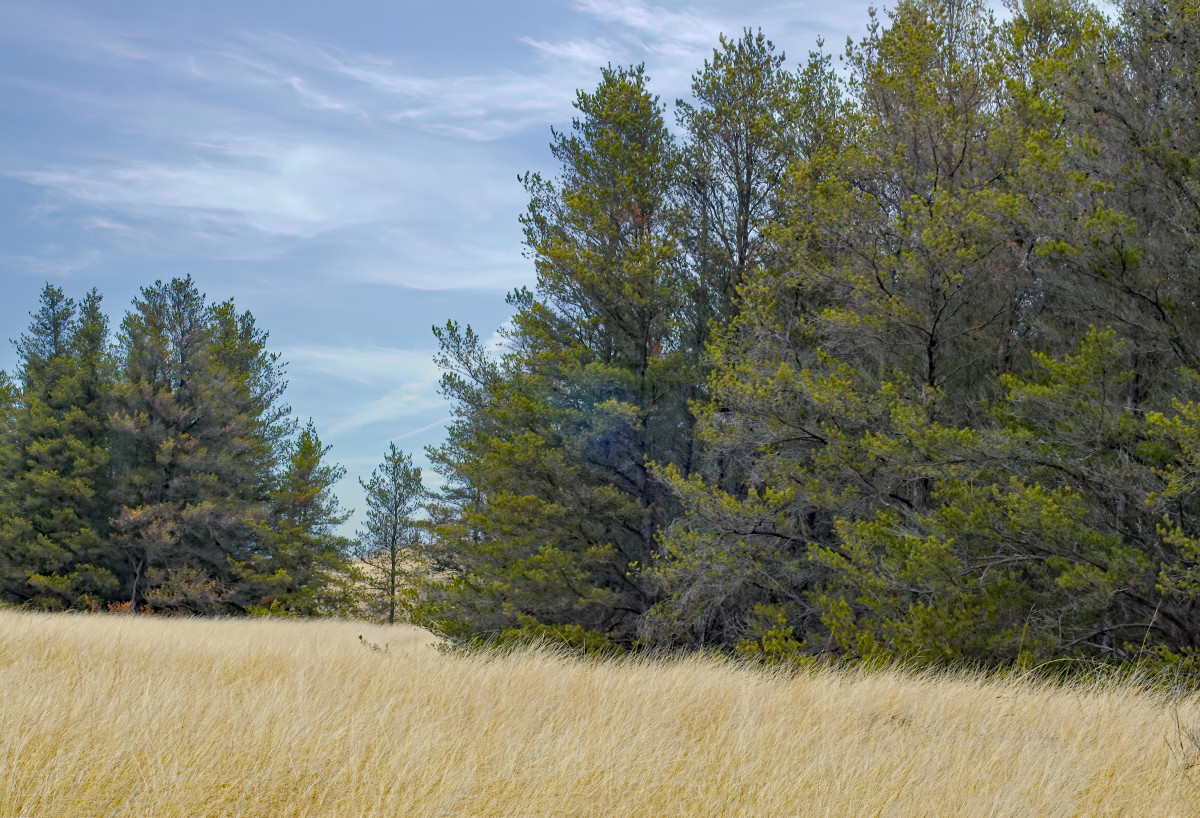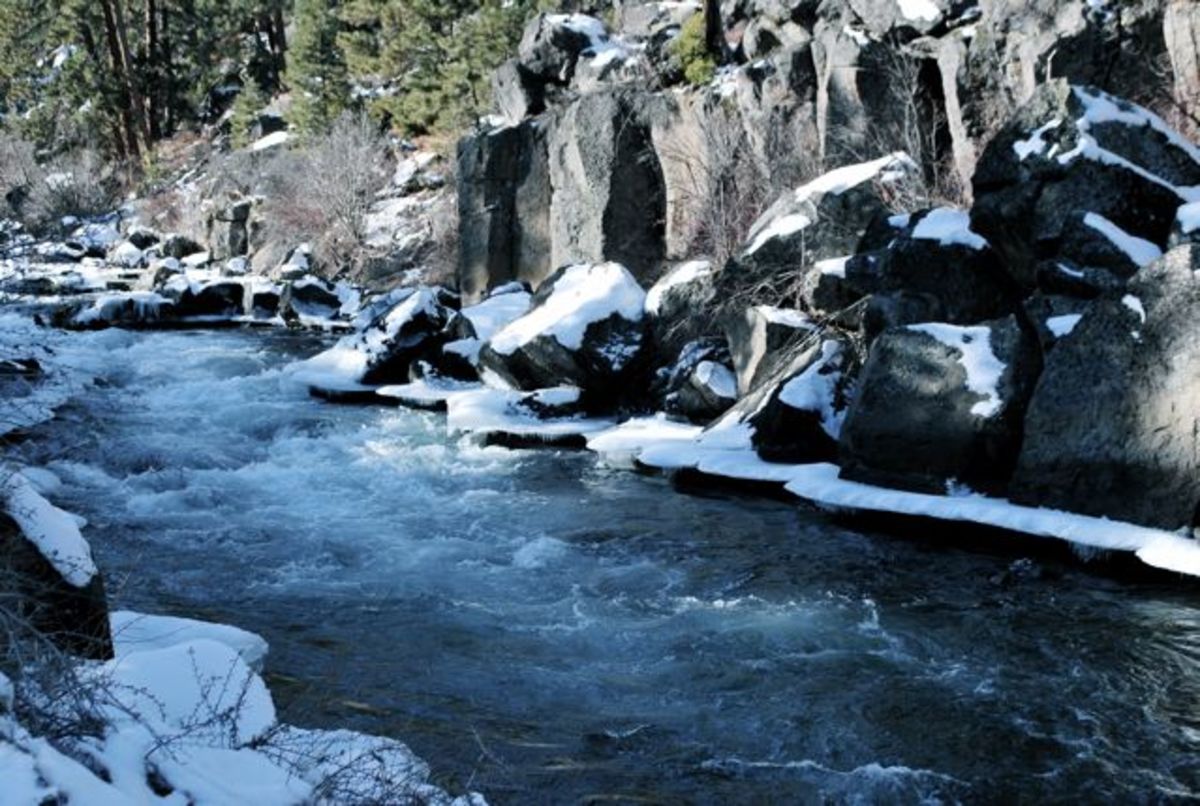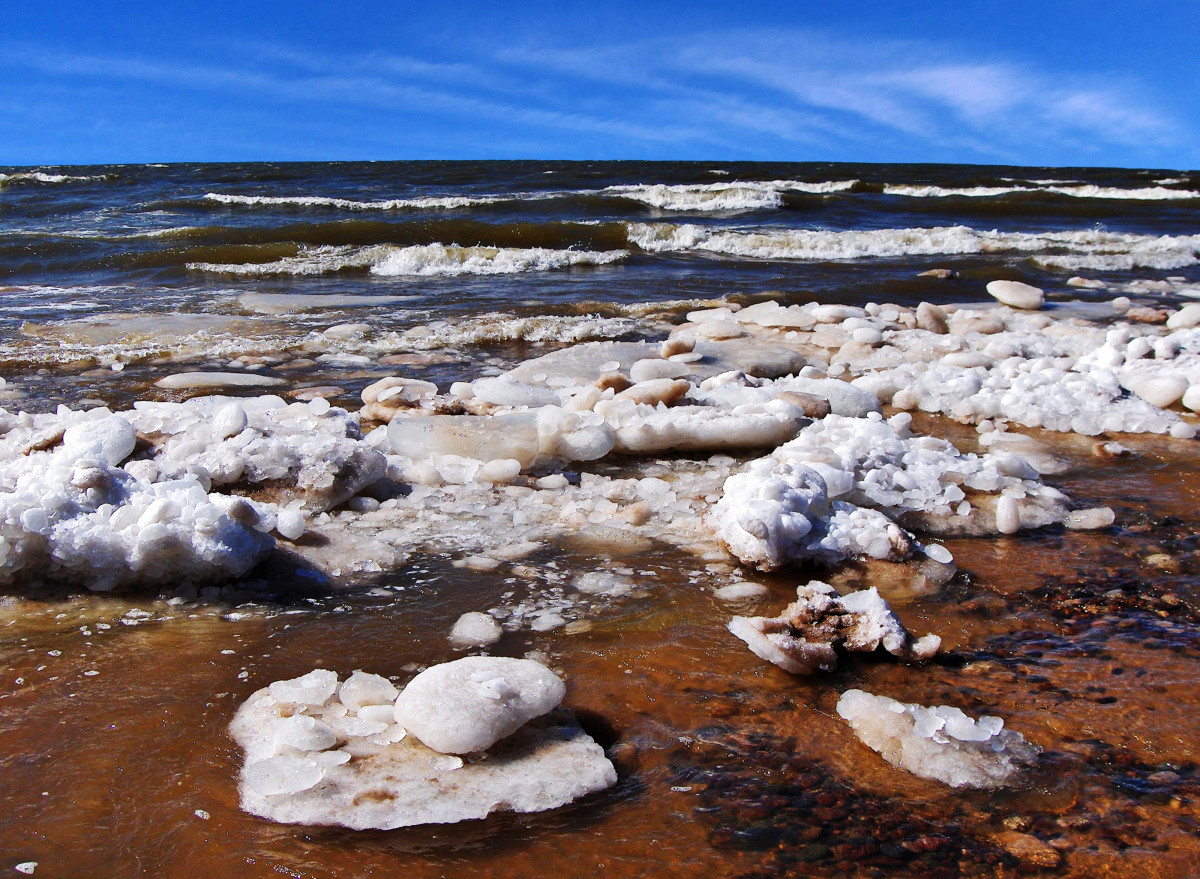Saving the Planet Through Photography
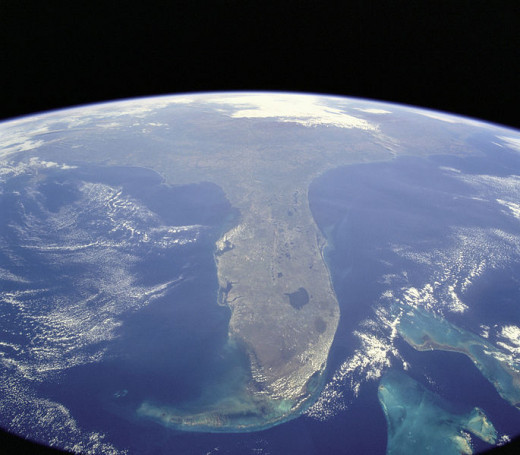
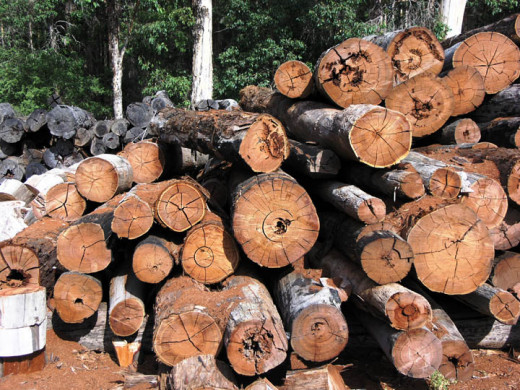
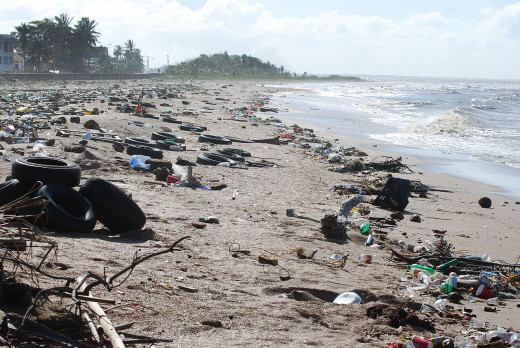
Environmental photography is a noble genre in our business. Its goal is to shoot dramatic images that elicit a response, feelings or motivates an action in response to a potential threat to an environmental system.
The objective of the environmental photographer is to motivate a change of attitude and actions. Like any journalist or writer, the environmental photographer tells a story with a camera and its images, instead of with a pen and a paper although they are often journalists also and often create stories or articles that form part of their images to create an ecological awareness.
Most environmental photographers make their living submitting their work to nature and social issues publications. A number of them work for private industry, non-profit organizations, colleges and government agencies.
An environmental photographer is one who uses the natural environment or man-made environment to capture it in photographs. Due to natural disasters and man-made ones their field is wide.
Environmental photography differs from nature photography, although sometimes one blends within the other, in its emphasis. Nature photography portraits nature as it bests, usually without the human presence. Environmental photography portraits nature in the worst of times, and the human presence is very much a part of it. National Geographic is well known for covering a plethora of environmental issues and with impressive photography.
A branch of this genre is Environmental Journalism Photographers. They investigate environmental problems, report on their causes, and monitor environmental policy and act as photographers documenting all aspects of an environmental crisis. Most environmental photographers have taken university degrees in journalism as well photography since their labor rarely stops after the photo is taken.
But unlike many of the other photography topics the environmental photographer is more than likely to also report a story/article to accompany the photographs and recent world events have proven their worth.
Projects can focus on one endangered or threatened species like the threatened sea turtle population, from nesting problems to the challenges they face due to ocean pollution, habitat destruction, poaching etc. or the project can encompass a large man-made or natural disaster such as an earthquake and following tsunami.
The changes in the environment caused by a disaster, how an ecosystem is recovering, possible future threats caused by a disaster, effects on the human population and so on also play a major role in the life of an environmental photographer.
Environmental photography can also encompasses human issues, Topics such as conflict, poverty, and human interaction, war, economic factors can offer a wealth of opportunity for photography.
Another branch of environmental photography is the Environmental Portrait Photographer whose goal is to portray the human condition in various stations and how the environment fits around humanity as well as how people adapt to it.
A typical assignment would be to photograph people at work or home and to include as much of the background and surroundings as possible in the photos so as to better show the character of the subject and its life, although this leans more towards portrait photography there are subtle differences.
The focus of environmental photography is not always on the negatives, very often the positives of human interaction provides for a great photo opportunity such as a community coming together to clean a shoreline, or scores of volunteers doing their best to wipe oil from the fur and feathers of animals caught up in an oil spill.
An environmental photographer may visit the same site on different occasions to record changes, such as the impact that a new oil pipe line may have on a pristine area of the tundra. Or the effects and recovery progress of a shoreline ecosystem after a major oil spill or hurricane.
Environmental photography perhaps more than any other photographic genre is constantly searching for new projects and issues and the opportunity to cover such events seems to be quite in abundance.
Many more photography articles with ideas and tips to enhance your experience!
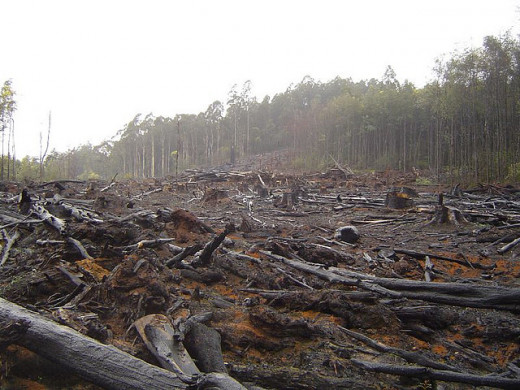
Can photography make a difference?
- People in Nature: Conservation Photojournalism | Maine Media
Photographers need stories to tell. Environmental organizations have stories that need telling. Together they can create powerful imagery that reminds the viewer of the importance of protecting the planet. This workshop is for photographers with a st
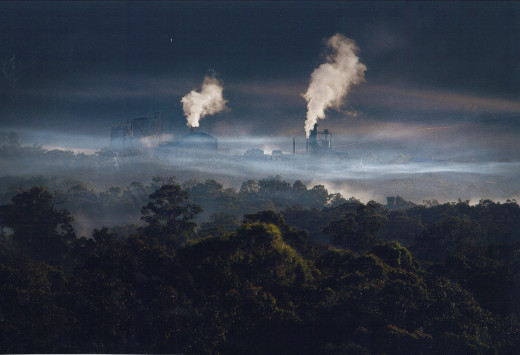
© 2011 Luis E Gonzalez




